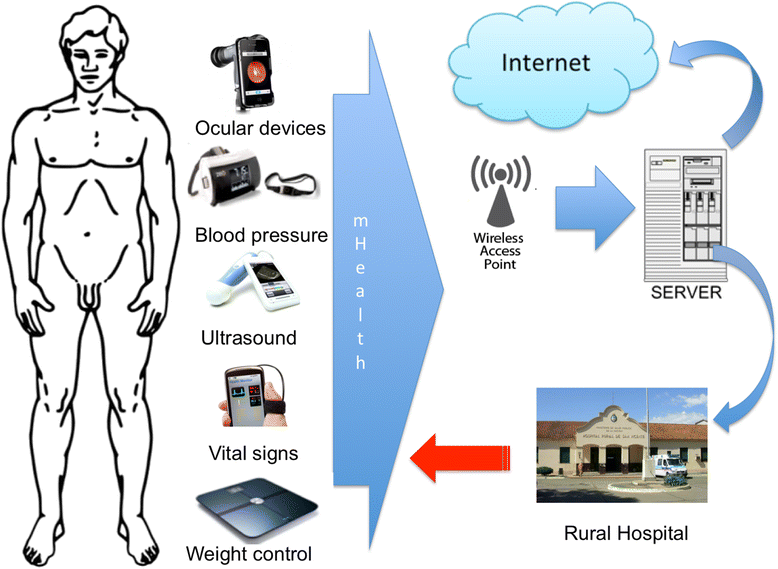Addressing healthy aging populations in developing countries: unlocking the opportunity of eHealth and mHealth
- PMID: 25642276
- PMCID: PMC4312594
- DOI: 10.1186/s12982-014-0021-4
Addressing healthy aging populations in developing countries: unlocking the opportunity of eHealth and mHealth
Abstract
Aging societies worldwide propose a significant challenge to the model and organisation of the delivery of healthcare services. In developing countries, communicable and non-communicable diseases are affecting how the ageing population access healthcare; this could be due to varying reasons such as geographical barriers, limited financial support and poor literacy. New information and communication technology, such as eHealth have the potential to improve access to healthcare, information exchange and improving public and personalised medicine for elderly groups. In this article we will first frame the context of information and communication technologies in light of an aging landscape. We will also discuss the problems related to implementing the needed infrastructure for uptake of new technology, with particular emphasis on developing countries. In so doing, we highlight areas where newer technologies can serve as promising tools or vehicles to address health and healthcare-related gaps and needs of elderly people living in resource-constrained settings.
Keywords: Ageing population; Developing world; Technology; eHealth; mHealth.
Figures


References
-
- ITU–T technology watch report: E-health standards and interoperability. 2012. [Internet]. [cited 2014 Oct 31]. Available from: www.itu.int/dms_pub/itu-t/oth/23/01/T23010000170001PDFE.pdf.
-
- Bashshur RL, Shannon GW. History of Telemedicine: Evolution, Context, and Transformation. New Rochelle, NY: Mary Ann Liebert; 2009. p. 415.
LinkOut - more resources
Full Text Sources
Other Literature Sources

